
For autistic children, social learning needs more than what we can get in traditional schools. Here, the environment of home, with its familiar and controlled setting can be the best place for this journey. Because many children may experience difficulties in social interaction due to sensory sensitivities. In this case, home offers a safe, predictable space where children can start their practice of social skills without feeling low.
Children can learn how to follow social interaction such as – expressing themselves and emotional regulations in a calm environment of home.
Here through this blog, we will learn how to create a supportive learning space at home for children to help them to improve their social skills and overall emotional well-being.
Role of Home in Early Social Development in Autism
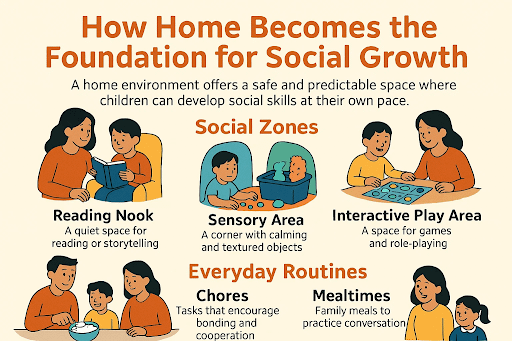
For children with autism, the home environment plays a vital role that offers a calm, safe, and predictable space to practice and improve their social skills.
To incorporate socialization, parents can create a social zones in the house which can be modified as per child’s interest, like:-
- Interactive play zones where they can get board games, puzzles, or role playing to teach turn-taking exercises.
- Sensory area as in a corner with sensory calming toys, and textured toys for emotional regulation.
- Reading nooks that can offer a quiet space for independent reading and storytelling.
Moreover, everyday chores, meal times, and screen times with family can provide social learning, such as – performing household tasks (washing dishes, or vacuuming) and eating together at the dining table with family can help children to communicate and collaborate.
Taking an example, an autistic child has an area for board games to learn taking turns and how to communicate with family members. This helps them to improve social interaction.
Crafting Safe Social Zones at Home
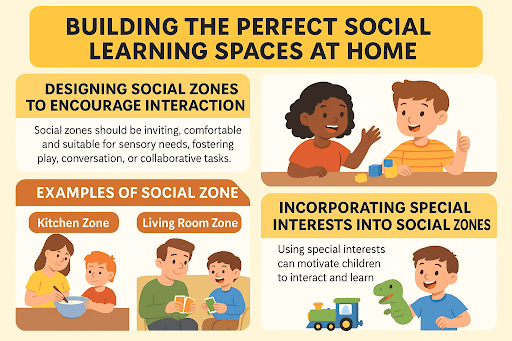
These social zones can provide a structured and safe place to learn and practice social skills at their own pace.
- Design of social zones – This should be tailored to provide positive interactions and communication through play, conversation, or collaborative tasks.
- Some examples – We can transform a functional social zones by different areas at home:
- Playroom – This is a dynamic space for imaginative and role playing to help in learning social scenarios and develop essential life skills while having fun.
- Kitchen – This zone can be a good place for daily activities like creative play, chores, or meal preparation.
- Living room – This zone can offer a space for bounding activities like watching movies, board games, or relaxing on the sofa or bed with family using soft blankets to manage overwhelming emotions.
- Special interest incorporation into social zones – The most effective approach, such as passion for animals, sports or trains can be used as a connection to encourage the child to interact and learn.
How Siblings Boost Social Skills in Autism?
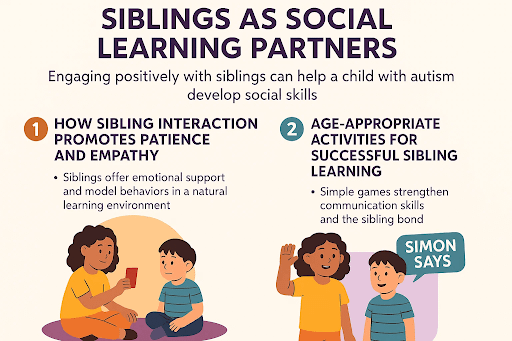
Siblings play an interesting role in the process of social learning for autistic children. Just by interacting with siblings they offer valuable opportunities for practicing communication, understanding social cues, and learning about empathy.
Lets see first that how siblings interaction provides patience and empathy:-
- When there is interaction between siblings with a autistic child, they experience a feeling of patience and empathy because they understand their sibling’s unique requirements and challenges.
- In particular, siblings of the same age group can understand better and make their conversation more natural and comfortable to practice social skills.
- For example – a sibling helping her sister with autism to understand when to ask for more while eating on a dining table.
For successful learning : Age appropriate activities:-
- These activities help both siblings to share experiences while practicing social skills where the siblings can guide them with positive aspects.
- For instance – a sibling helping his younger brother to play building blocks where after taking turns, ask questions and can share ideas. This approach will allow autistic children to learn social skills and how to respond to questions.
Teaching Core Words to Children with Autism
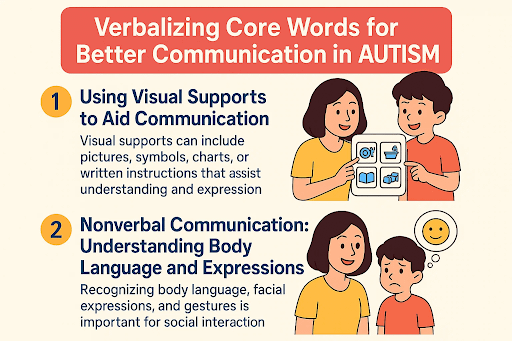
Practicing social learning at home is important for autistic children, because it will offer a safe and supportive environment where they can learn and develop their abilities.
Below are two main key methods to develop the use of visual support and understand nonverbal communication, as in body language and facial expressions:-
- Nonverbal communication – Learning body language and facial expression helps autistic children to interpret social cues and respond effectively. For example – a mother is using facial expressions, like smiling to show happiness and glaring to indicate disappointment and combine them with verbal cues. This way helps a child to learn how to observe facial expressions with emotions and after some time, he can begin to identify and use the expressions to communicate their feelings.
- Visual support – This is a powerful tool to understand and express, which includes pictures, charts, or symbols, to help in understanding the concept and communication more accessible. For instance – a child using a visual schedule to mark the daily activities is helping him to understand what’s coming next. This will reduce anxiety and increase engagement.
Summing Up..
- While concluding this blog, we have understood that Home is a safe learning space for autistic children that offers a calm and controlled zone which improves their social skills.
- Customizing social zones at home like kitchens, playrooms, and living rooms can allow children to participate in activities such as games, creative play, or household works to improve communication and social interaction.
- Here, siblings also play an important role to help autistic children through empathy and social learning. With the use of age-appropriate activities siblings guide and model social skills and motivate communication in a supportive and fun way.
Curious about understanding more about social skills for your child? Follow Rachna Sawhney Pargi Journey for Autistic Child Support
“Every thoughts is an experiment” This was mine —
Written by Prachi – July,2025
Reference
- O’Hagan, Siobhan, Caroline Bond, and Judith Hebron. 2021. “What Do We Know about Home Education and Autism? A Thematic Synthesis Review.” Research in Autism Spectrum Disorders 80 (February): 101711. https://doi.org/10.1016/j.rasd.2020.101711.
- Dettmer, S., Simpson, R. L., Myles, B. S., & Ganz, J. B. (2000). The Use of Visual Supports to Facilitate Transitions of Students with Autism. Focus on Autism and Other Developmental Disabilities, 15(3), 163-169. https://doi.org/10.1177/108835760001500307.
- Noorden, Lauren E. van, Jeff Sigafoos, and Hannah L. Waddington. 2022. “Evaluating a Two-Tiered Parent Coaching Intervention for Young Autistic Children Using the Early Start Denver Model.” Advances in Neurodevelopmental Disorders 6 (4): 473–93. https://doi.org/10.1007/s41252-022-00264-8.
- Gibson, Jenny Louise, Emma Jane Pritchard, and Carmen de Lemos. 2020. “Play-Based Interventions to Support Social and Communication Development in Autistic Children Aged 2-8 Years: A Scoping Review,” September. https://doi.org/10.31234/osf.io/mp2xc.
- Timler, Geralyn R. 2018. “Using Language Sample Analysis to Assess Pragmatic Skills in School-Age Children and Adolescents.” Perspectives of the ASHA Special Interest Groups 3 (1): 23–35. https://doi.org/10.1044/persp3.sig1.23.

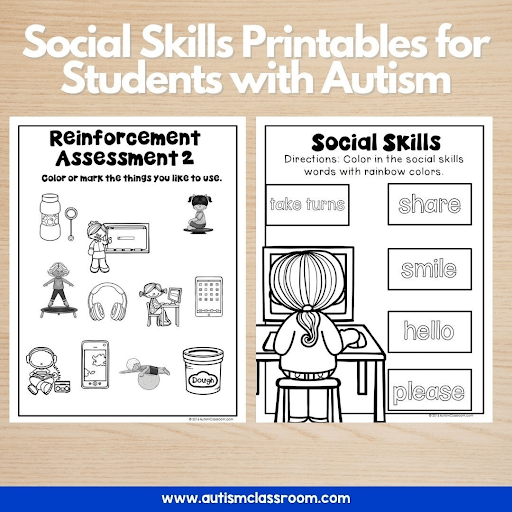
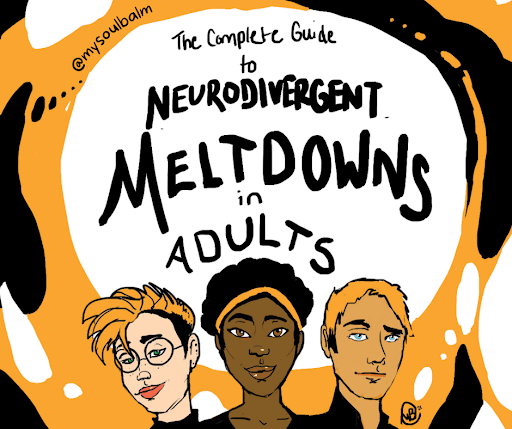
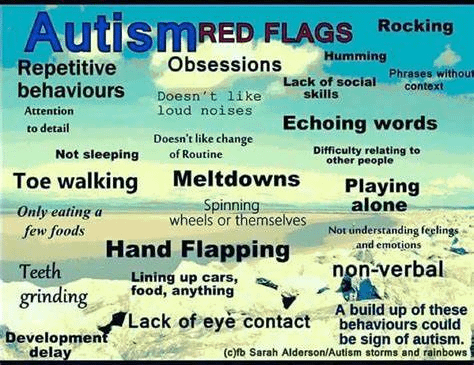



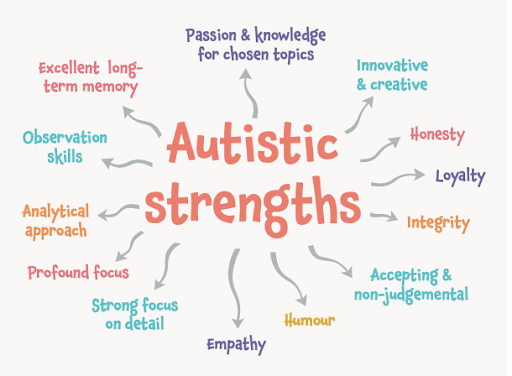
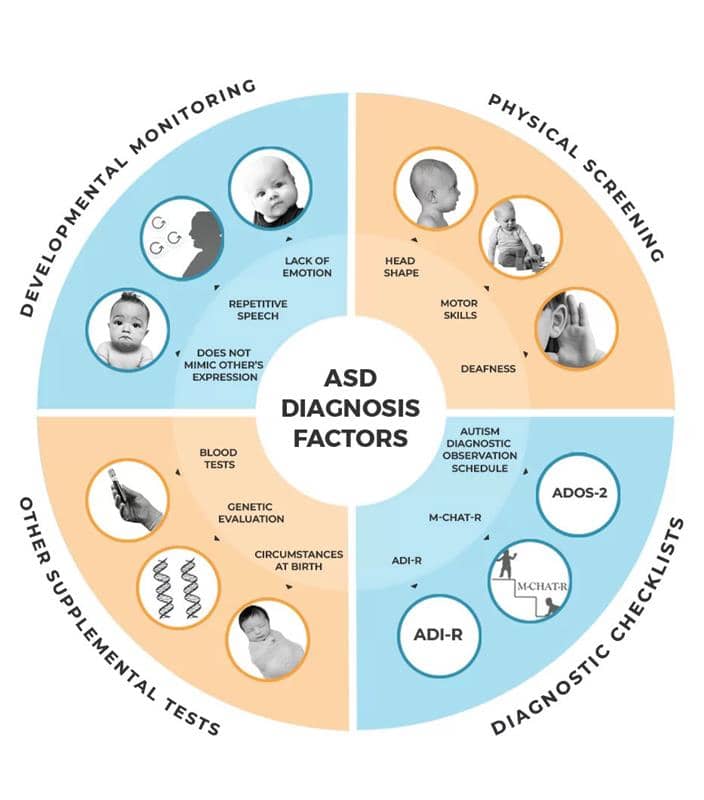
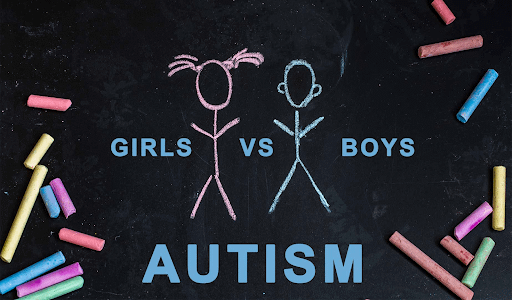


No comments yet. Be the first!